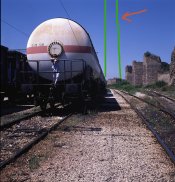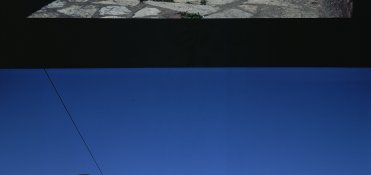Misko78
Member
Hey all, i'm having issues with E6 now. What can cause this pattern on slides. It's not scanning artefact as i can see it with loupe when slide is on light table. I use Jobo CPE2 without lift and i use E6 chems one shot only. My CPE2 is modified with super tight temperature control unit and it has a pump to circulate water. I've changed drums, lids, cores. Only thing that might be a culprit is a uneven rotation CCW is little bit slower than CW, and there is a slight wiggle of motor shaft so when drum spins it moves 5mm in both axis.
I've also attached one of older C41 scans, on badly exposed images this line could be seen, but what puzzles me is that this line is visible between frames as i said in previous thread. From now on I'm using a acetic acid stop bath and this problem is almost gone, almost because in really underexposed negatives and with some scanner tweaks you can find this artefact but otherwise it is not visible


I've also attached one of older C41 scans, on badly exposed images this line could be seen, but what puzzles me is that this line is visible between frames as i said in previous thread. From now on I'm using a acetic acid stop bath and this problem is almost gone, almost because in really underexposed negatives and with some scanner tweaks you can find this artefact but otherwise it is not visible












 . One line is completely straight and that might be a film defect or something else, but the other one is not, so i guess processing defect.
. One line is completely straight and that might be a film defect or something else, but the other one is not, so i guess processing defect.

